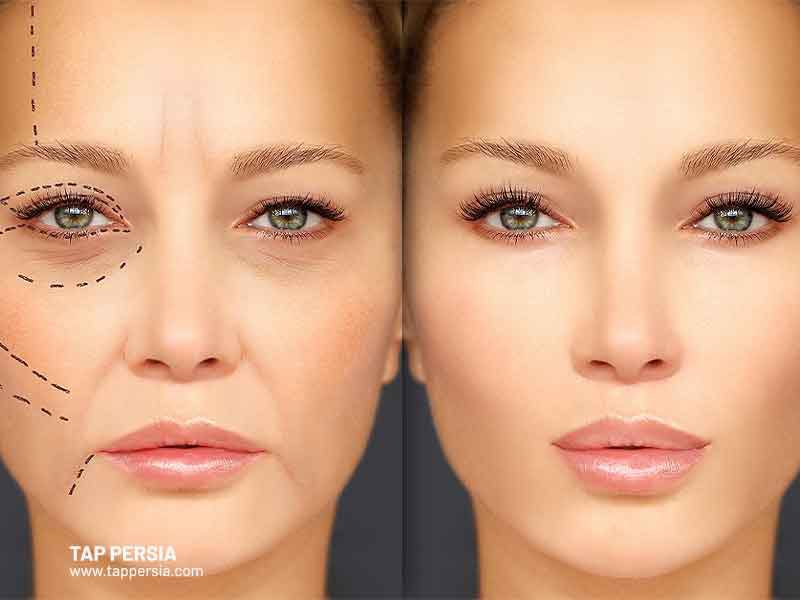Diet and exercise are the greatest strategies to lose stubborn body fat, but they are not always successful. Natural remedies may not work on all regions of fat, which can result in an uneven, lumpy look. These are the precise issues that liposuction is designed to address. Read on to more about this type of surgery and liposuction safety.

Understanding Liposuction
A plastic surgery treatment called liposuction eliminates excess body fat. It is also known as body contouring, lipoplasty and lipo. It is regarded as a well-liked cosmetic surgery choice.
Liposuction is used to change a person’s body’s form or features. They desire to get rid of extra fat from their arms, hips, buttocks, abdomen, thighs, neck, and back, among other places. Usually, despite diet and exercise, people are unable to lose these fat deposits.
Losing weight does not involve liposuction. Before deciding to try it, it’s crucial to speak with your doctor about liposuction safety because there are significant risks and potential problems.
Understanding The Various Liposuction Procedures
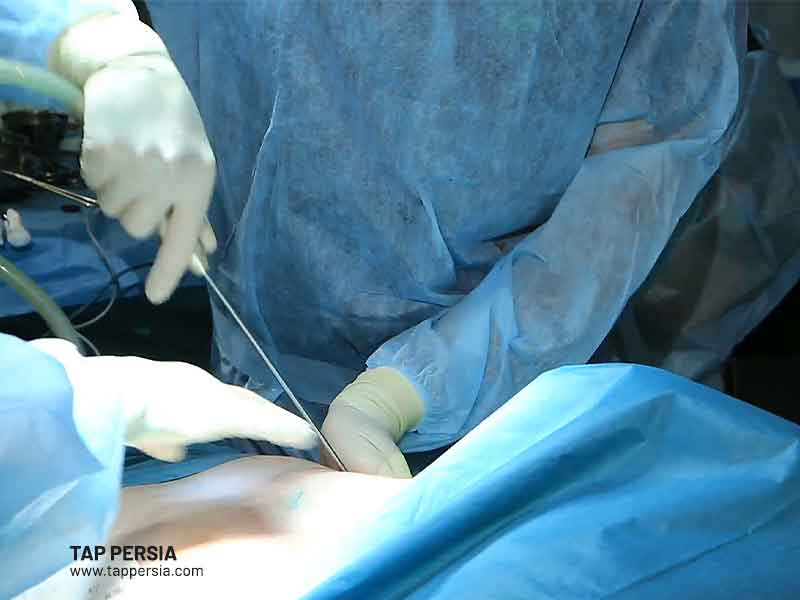
There are several liposuction variants. Each has distinct benefits and drawbacks and operates slightly differently. Making the best choice for your health might be aided by understanding the distinctions between them. This can make liposuction safe.
Types of Liposuction
The greatest methods for shedding stubborn body fat are diet and exercise, but even these aren’t always successful. Natural remedies may not work on all regions of fat, which can result in an uneven, lumpy look. These are the precise issues that liposuction is designed to address.
There are several variations of liposuction. Each has distinct benefits and drawbacks and operates slightly differently. You can choose which is ideal for your body if you are aware of their distinctions.
Suction-Assisted Liposuction
This technique of liposuction is the most common and traditional. Small incisions are made over the region to be suctioned in this kind of liposuction. Through these incisions, a hollow needle known as a cannula is introduced to suck away fat cells.
Depending on the procedure’s scope and your healing process, your recovery time might range from one to three months. The finalization of your form might also take three to six months. However, the majority of patients recover from lipo within a few days and may resume their regular activities.
This kind of lipo may be applied to many different parts of the body, such as the arms, back, thighs, abdomen, and legs. Due to the fact that it is one of the less accurate forms of liposuction, most individuals avoid using it for tiny locations, including beneath their chin.
The fact that this form of liposuction is the least expensive is its key benefit. Additionally, it is a “tried and tested” operation that many doctors are capable of doing and has been in use for a long time.
Liposuction has a number of drawbacks as well though.
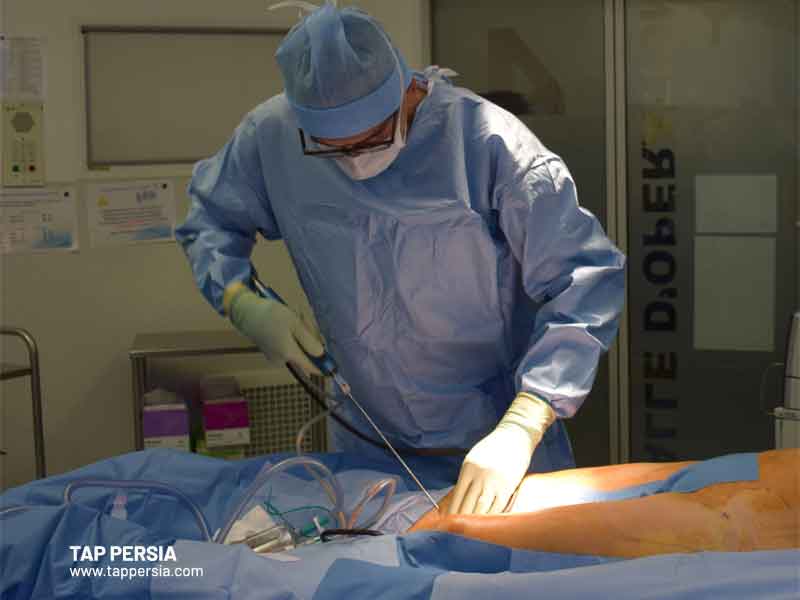
First off, compared to other liposuction procedures, it results in greater blood and bruises. Second, because it is more difficult to manage the removal of fat, there are more instances of lumpiness, dimpling, and other flaws. With this kind of liposuction, patients may need to undergo many procedures in order to get their desired outcomes.
One of the main drawbacks of lipo is that many patients need general anesthesia to undergo the procedure. Despite the fact that the most recent varieties of liposuction can often be performed with an only local anesthetic, many individuals must have general anesthesia for this type. This opens up a wider spectrum of potential issues and negative repercussions regarding liposuction safety.
Tumescent Liposuction
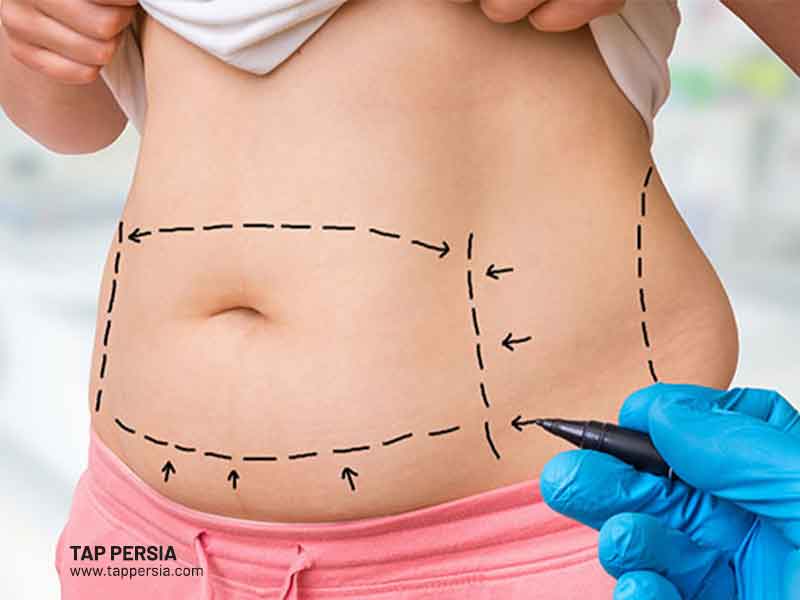
Tumescent is slang for “swollen.” Similar to regular liposuction, tumescent liposuction uses lidocaine and epinephrine to swell fat, making it simpler to locate and remove. Lidocaine is a potent anesthetic and has the potential to slightly enlarge fat cells. Epinephrine is frequently used as well since it can significantly lessen bleeding by constricting blood vessels.
Fat pockets are given an anesthetic injection, which causes them to enlarge. Then, fat cells are removed using a tiny needle called a cannula that is linked to a piece of suction equipment.
Almost any area of the body that is frequently subjected to liposuction can benefit from tumescent liposuction. In approximately a month, the majority of the swelling and soreness following this operation will be gone. To view your final, freshly trimmed form, however, it might take 3-6 months to recover from standard lipo.
The fact that tumescent lipo does not result in as much bleeding and bruising is one of its key benefits making liposuction safe. It is also one of the most affordable ways to lose weight. This is often regarded as the best liposuction technique regarding liposuction safety. It does not, however, have all the technological advances and benefits of other approaches.
Ultrasound-Assisted Liposuction (UAL)
About 40 years ago, ultrasound technology was developed. Although it is frequently used for imaging, it may also be utilized as a kind of therapy.
High-frequency sound waves employed in ultrasound may generate a lot of energy in the tissues where it is directed. This has the ability to break down fat cells, making liposuction safe and its removal simpler.
In locations with harder fat, such as the male chest, the back, the “saddlebags,” and other places where conventional liposuction may be challenging, ultrasound-assisted liposuction is frequently employed. The healing process is comparable to tumescent liposuction, albeit some people may occasionally get blisters or burns.
One of the main benefits of ultrasound-assisted liposuction is that fibrous or other recalcitrant fat that could ordinarily take many treatments can be removed more rapidly. Additionally, because the fat is liquefied and less prone to bleed or bruising, a higher amount of fat may be safely removed with this form of liposuction, making the liposuction safe.
A few more negative aspects exist as well. Blisters and burns are more likely to form since ultrasonography does emit high-intensity rays. Additionally, there is a greater likelihood of experiencing numbness and tiny blood clots. However, a lot of people believe that this kind of liposuction is safe and the best option for them, especially if they have fibrous or otherwise more likely to be resistant to fat.
Laser-Assisted Liposuction (LAL)
While ultrasound-assisted liposuction utilizes ultrasound to break down fat, laser-assisted liposuction employs a laser instead. A laser probe is introduced during this process through the suction cannula. Then, to stop the bleeding and reduce discomfort, anesthetic and epinephrine are given into the affected region. The cannula and laser probe are then inserted after the plastic surgeon creates multiple small incisions.
Lasers effectively break down fat so that it may be evacuated through the cannula as liquid oil. The body then absorbs any liquid fat that is not suctioned. Similar to liposuction with ultrasound assistance, recuperation takes around a month.
This method of fat reduction has a lot of benefits. First off, because the laser fiber is so thin, just a very little cannula is required to suction the liquefied fat. Because of this, this kind of lipo only needs extremely tiny incisions that heal rapidly and leave no scar.
Furthermore, lasers are quite tiny and simple to manipulate, allowing for exceedingly accurate liposuction. Your surgeon will be able to make any necessary adjustments to give you the lovely and natural form you desire. Another benefit of this technique is that it may be applied anywhere on the body, even in unconventional places like the face. Last but not least, lasers help tighten the skin, so many patients who get this operation discover that in addition to reducing weight, their skin is tighter and more young.
Along with the benefits, there are drawbacks as well. Recovery durations can be lengthier, and many patients need painkillers for several weeks before assuming their ultimate shape, which can take up to six weeks. Additionally, due to the heat that lasers produce and their high strength, there is a small but real danger of burns regarding liposuction safety.
What Are the Risks of Liposuction?
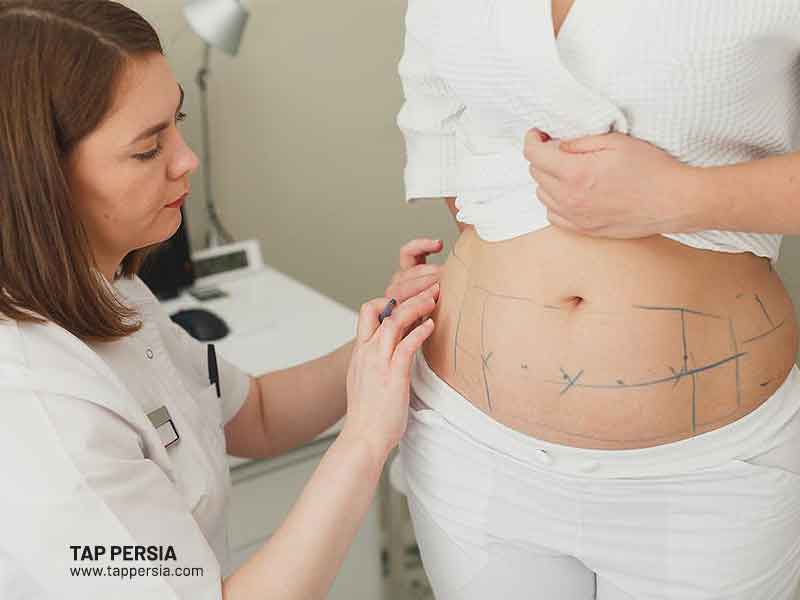
When it comes to Liposuction safety, this surgery contains hazards including hemorrhage and anesthetic response, much like any major operation. Possible liposuction-specific side effects include:
Contour Irregularities
Your skin could seem wavy, bumpy, or withered as a result of uneven fat removal, a loss of skin suppleness, and abnormal healing. These changes might have a permanent effect. Persistent patches on the skin may develop as a result of an injury caused by the small tube (cannula) used during liposuction.
Fluid Accumulation
Seromas, or transient pockets of fluid, can develop beneath the skin. It could be required to use needle to extract this fluid.
Numbness
The affected area may experience either temporary or permanent numbness. Another risk is brief nerve irritation.
Infection
Even though they are conceivable, skin infections are uncommon. A serious skin disease might endanger your life.
Internal Puncture
Rarely, an internal organ may be punctured by a cannula that extends too far. There could be an imminent need for surgery.
Fat Embolism
A looser piece of fat may break off, get stuck in an artery, build up in the lungs, or go to the brain. A medical emergency is a fat embolism.
Heart and Kidney Problems
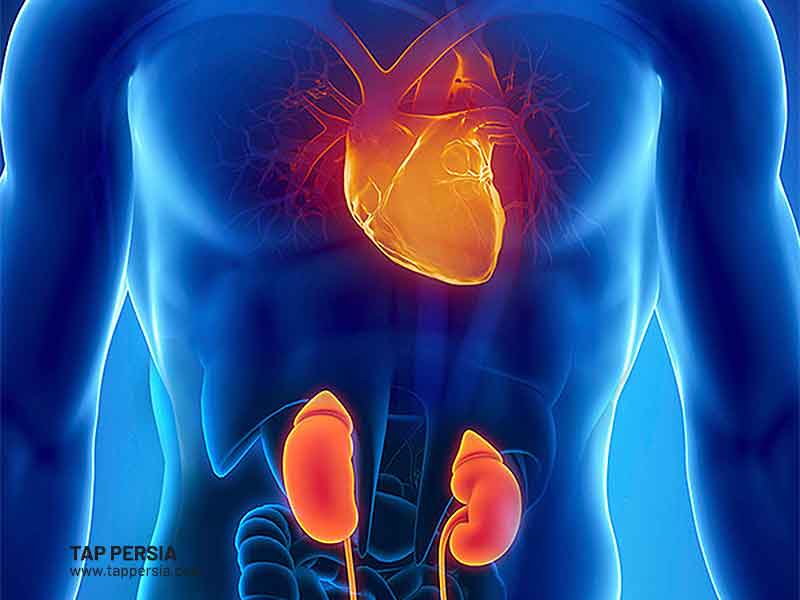
Fluid injection and suctioning can alter fluid levels, which might result in potentially fatal issues with the heart, lungs, and kidneys.
Lidocaine Toxicity
When doing liposuction, lidocaine is frequently injected along with fluids to assist control discomfort. Despite liposuction safety, lidocaine intoxication can occasionally occur and cause serious cardiac and neurological system problems.
The likelihood of complications increases if the surgeon performs many procedures concurrently or operates on larger areas of your body. With your doctor, you should consider how these risks will affect you regarding liposuction safety.
Deciding if Liposuction is Right for You
There are various factors to take into account when choosing the type of liposuction you want. These include:
The bodily part(s) you’d want to have sculpted
The quantity of fat you would want to have eliminated
The amount of money you are planning to spend
The maximum amount of recovery time you can afford
Whether you wish to have liposuction in addition to skin and tissue tightening
Your ability to undergo general anesthesia
Your overall pain threshold
While some people are poor candidates for liposuction, others are.
The following individuals are suitable candidates for liposuction:
You don’t have much additional skin
Possess suppleness and elasticity in their skin
Having great muscle tone
Have fat deposits that are resistant to weight loss or activity
Have strong general health and physical condition
Are neither fat nor overweight
Quit smoking
If any of the following apply to you, you should refrain from having liposuction:
smoke
have chronic health issues
Possess a weak immune system
Are overweight or obese
Possess skin that is loose or saggy
Have a history of cardiovascular disease, deep vein thrombosis (DVT), diabetes or seizures
Use medications that might make you more prone to bleeding, including blood thinners
Talk to your plastic surgeon about your priorities, especially liposuction safety. The ideal solution from the numerous available ones may be discussed with a top-notch cosmetic surgeon.
What Are the Long-Term Side Effects of Liposuction?
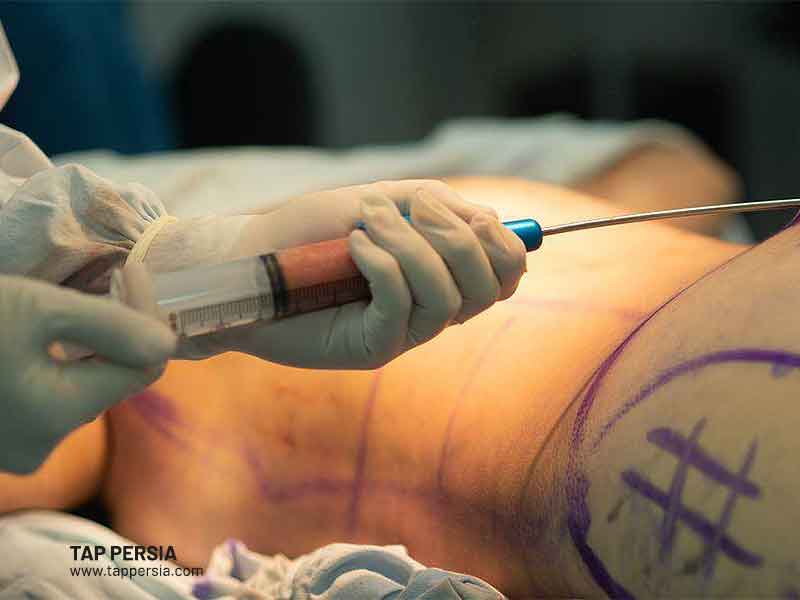
There may be distinct long-term liposuction negative effects. With liposuction, fat cells in the body’s targeted areas are permanently removed. As a result, even if you put on weight, your body will continue to store fat in various locations. If the new fat surrounds the liver or heart, it may develop further beneath the skin and become harmful.
Certain people are susceptible to permanent nerve damage and changes in how their skin feels. Others can have skin that is always rough or wavy, or their suctioned areas might get depressions or indentations.
We cannot emphasize enough how important it is to educate oneself, even though our surgeons have performed liposuction on tens of thousands of patients and we take every precaution to reduce the danger to our patients. Your surgeon is depending on you to do your bit to reduce your risks, just as you would anticipate him/her to be devoted to doing his part to keep you safe.
How to Reduce the Risks of Liposuction?
Here are some recommendations from top surgeons around the globe if you are looking to lessen the risks of liposuction:
Make Sure to Have Realistic and Logical Expectations
If you have reasonable expectations, your doctor won’t feel under pressure to go beyond what liposuction can do for you. Remember the following:
Liposuction focuses more on giving you the form you want than it does on altering your weight.
Liposuction is not a reliable way to lose weig
Check out Before and After Pictures
Being well-prepared requires doing research, including liposuction safety. Look at patients’ before and after photos who had comparable body proportions, and if you can, speak to other liposuction patients.
Choose Your Physician Wisely
It could be crucial to get the top medical expert. You might want to think again if you are unsure or don’t feel confident telling your surgeon the truth.
Be as Fit as You Possibly Can
The success of any operation depends on this. If you have diabetes, be sure to stop smoking, manage your blood pressure, and maintain reasonable blood sugar levels. Your results from liposuction surgery and your recovery process may be impacted by secondary problems. Come prepared and in good health!
How Much is Liposuction in Iran ?
When thinking about having liposuction surgery, the cost is an essential consideration. The cost of liposuction isn’t as significant as liposuction quality, though. Finding the most affordable liposuction surgeon is probably not as crucial as the surgeon’s knowledge and skill if the end objective of liposuction is to have a satisfied patient. Prices for liposuction are essential, but they are not the most crucial when deciding whether to have the procedure. Avoid placing your body on the “Discount Rack.”
In foreign nations like the United States, the average cost of liposuction is $4000; in the United Kingdom, it is $4600; in the European Union, it is $3600; and in Turkey, it is $1100. However, the price in Iran is $700, demonstrating that it is a fair price.
The price of liposuction in Iran is determined by a number of variables, including the kind of operation, the hospital’s amenities, the cost of the anesthetic, the medications provided, and the reputation and qualifications of the physician. Although liposuction may significantly improve your look, it is a very expensive and demanding procedure that should only be performed by a trained specialist. Fortunately, Iran is home to some of the most skilled and qualified plastic surgeons in the world. Iran is thus one of your greatest possibilities if you have opted to have liposuction surgery.
Final Thoughts
Within liposuction, swelling often goes away after a few weeks. At this stage, the treated area ought to seem less bulky. Within a few months, the area that was treated should become thinner. As we age, it’s typical for our skin to lose some of its firmness, but liposuction effects frequently last as long as you maintain a steady weight.
Visit the TAP Persia to schedule a consultation for liposuction in Iran. If you are looking for other medical services like a nose job and need some help, you can visit Iran nose job (rhinoplasty) page and gain insightful information. For further information, contact the TAP Persia Team through live chat or WhatsApp.





